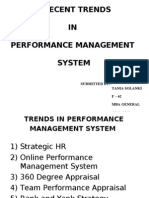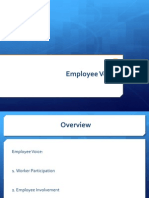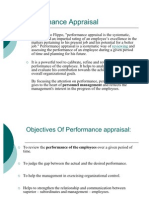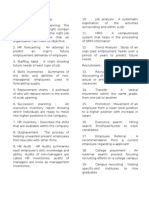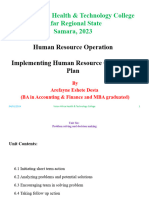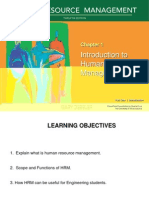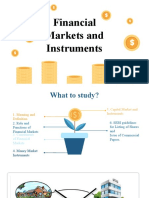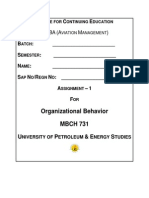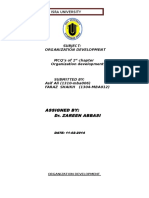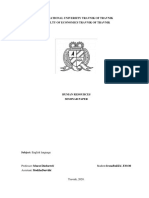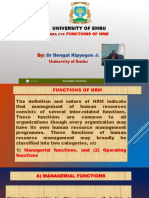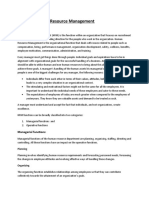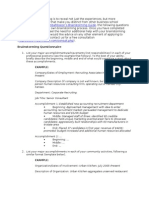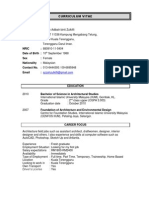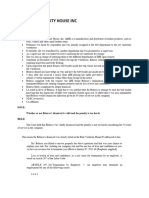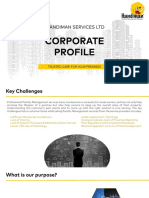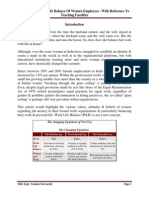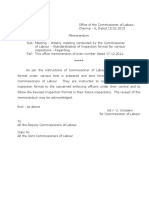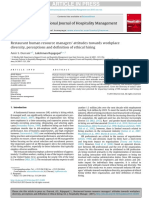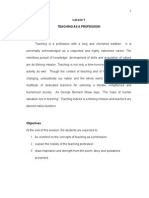100% found this document useful (1 vote)
153 views21 pagesHuman Resource Management Function
The document summarizes the key functions of human resource management. It discusses both managerial functions like planning, organizing, staffing, directing, and controlling as well as operative functions such as procurement, development, compensation, maintenance, motivation, and integration. Specific activities are provided for each function such as job analysis and recruitment for procurement, training for development, and grievance handling for integration. Examples are also given of how companies like IBM and Infosys support employee flexibility, well-being, and insurance.
Uploaded by
Muneeba RustamCopyright
© © All Rights Reserved
We take content rights seriously. If you suspect this is your content, claim it here.
Available Formats
Download as PDF, TXT or read online on Scribd
100% found this document useful (1 vote)
153 views21 pagesHuman Resource Management Function
The document summarizes the key functions of human resource management. It discusses both managerial functions like planning, organizing, staffing, directing, and controlling as well as operative functions such as procurement, development, compensation, maintenance, motivation, and integration. Specific activities are provided for each function such as job analysis and recruitment for procurement, training for development, and grievance handling for integration. Examples are also given of how companies like IBM and Infosys support employee flexibility, well-being, and insurance.
Uploaded by
Muneeba RustamCopyright
© © All Rights Reserved
We take content rights seriously. If you suspect this is your content, claim it here.
Available Formats
Download as PDF, TXT or read online on Scribd
/ 21

